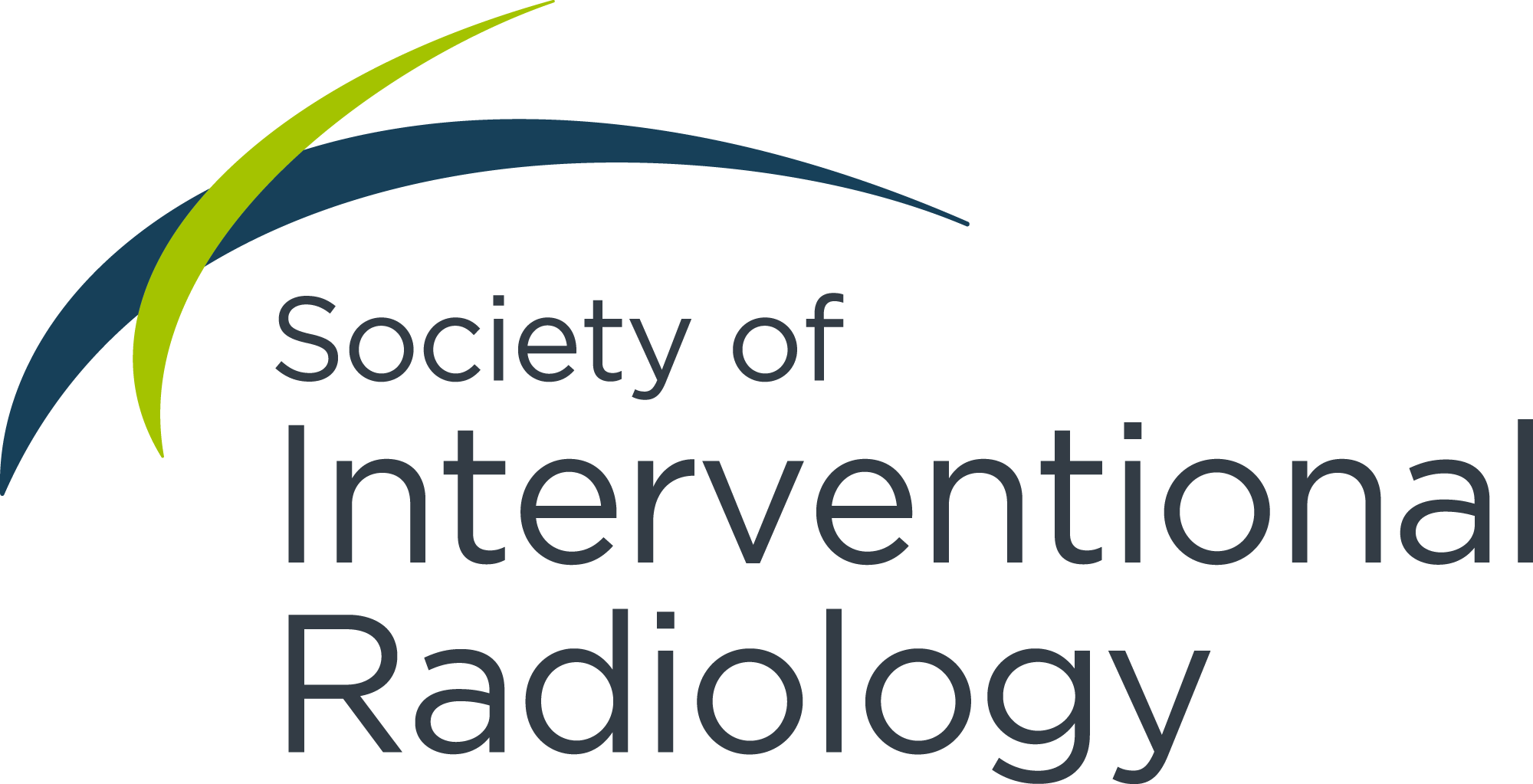Gulraiz Chaudry, MD, MBChB, FSIR, is a pediatric IR and director of the pediatric vascular and interventional radiology fellowship at Boston Children’s Hospital. Dr. Chaudry spoke to IR Quarterly about the training path to pediatrics and its challenges and opportunities.
IRQ: Tell us about yourself and your path to pediatric IR.
Gulraiz Chaudry, MD, MBChB, FSIR: My path was a bit convoluted. I trained as a pediatrician first, then radiology, then completed a pediatric radiology fellowship and a pediatric IR fellowship. What I found most interesting during my pediatric training was seeing an ill child and being able to do something directly for them. Therefore, I enjoyed pediatric ER and cardiology. I also wanted to do increasingly interesting things throughout my career, and I felt sometimes as a pediatrician that became difficult. I went into radiology with a specific interest in pediatric radiology—and then when I was exposed to IR during that residency, it seemed like a perfect fit.
IRQ: What is the current training pathway for pediatric IR?
GC: Essentially, there are two main training pathways. One is via the IR residency, whether the IR/DR program or the independent residencies. What this entails is spending 1 full year in fellowship after IR training. Many institutions, including ours, also offer an alternative option where candidates can complete DR training and a 1-year pediatric radiology fellowship prior to starting their 1 year of pediatric IR. Both have their strengths and weaknesses. I think the residents coming in with IR training have greater procedural skills, but the ones that come in with pediatric training have a greater understanding of pediatric conditions. Sometimes there is also a difference in terms of employability—some children's hospitals like to have the IR physicians perform some diagnostic (although that requirement seems to be decreasing), while some IR groups require their physicians to be able to perform IR procedures in adults.
IRQ: Can you tell us more about the pediatric IR fellowship?
GC: I can start off by trying to describe our fellowship. Our fellowship is a 1-year program and it's spent entirely in the pediatric IR department, with 2 weeks of elective time. We have two fellows and one rotating PGY-6 resident that spends 6 to 8 weeks in our department. The rotating resident assumes the responsibilities of a third fellow. Their training is in body IR for the entirety of the year. We gradually introduce them to more complex procedures, along with greater authority to perform procedures with indirect supervision. We do not have any diagnostic training as part of our fellowship. We do have non-procedural training as well, including didactic lectures, journal clubs and interdisciplinary conferences.
IRQ: What are some of the key differences in pediatric and adult IR that make it so crucial to have dedicated pediatric training?
GC: I think the first thing is the conditions we treat. The conditions we treat are very different, especially congenital conditions. Our hospital has a very large vascular anomalies department, which treats children born with congenital vascular anomalies. We therefore perform a lot of sclerotherapy and embolization. In addition, many conditions we treat are very rare and would not be routinely seen in adult IR departments.
As we treat patients of all ages, from neonate to adults, there is also a huge range in our patients’ size and weight. That does require specific changes or modifications of procedures depending on the individual patient. For example, in adults, we wouldn't be too concerned about a contrast dose; however, in children, a contrast dose that is too high can result in renal impairment. You also have to know your drug doses—which doses and drugs can be used in small children. There are almost no catheters or devices that are approved for pediatric use. It's all off-label use, and often requires some degree of modification.
IRQ: There's been great success with the IR/DR residency and that standardization—is there any desire or effort to try to standardize what pediatric training would look like?
GC: This is a topic I’ve been very focused on for the last couple of years. I think one of the major weaknesses of pediatric IR training has been the lack of standardization. If you perform a fellowship in our hospital as opposed to one in Cincinnati, Philadelphia or Phoenix, all of these could potentially be different. I'm not saying that the differences are substantial, but there are no standards. We have therefore worked—both as part of SIR and in SPIR—to come up with a set of guidelines or a curriculum that every fellowship can use.
We’re in the process of getting that approved by the SPIR board and the training programs so that we can at least come up with a basic set of guidelines that we all agree on. The idea is that these guidelines will provide a framework for what a fellow completing pediatric IR training would be reasonably expected to be able perform at the end of the fellowship.
IRQ: What would that curriculum look like?
GC: I think we need to identify core procedures, much as the IR residency does. There are a set of core procedures that everybody coming out of pediatric IR training should be able to perform. For example, you should be able to embolize. Whether you’re working on a vascular malformation or embolizing trauma—you should know how to do both—the main skill is embolization. There are other areas, like some musculoskeletal interventions, that are not necessarily part of core training. If you have to do that as part of your practice, you can learn to do that, but it is not necessarily required that you be able to perform that procedure as soon as you come out of fellowship.
IRQ: Have there been any obstacles or challenges to getting that standardization in place?
GC: Quite a lot, actually. Because of the different pathways available to train in pediatric IR and the significant workforce shortage, there has been some reluctance to put in too many guidelines as it may restrict the number of people that can potentially train in pediatric IR or restrict the number of programs that can offer a fellowship. Some people feel there should be more pediatric radiology diagnostic training as part of the fellowship. We think that diagnostic training can be incorporated into a residency program and should not necessarily be a requirement for a pediatric IR fellowship.
I think the most difficult part is just getting everyone on board. It’s difficult because we have a variety of thoughts and pediatric IR is such a broad tent.
IRQ: What does the job landscape look like for pediatric IRs?
GC: The main issue is that we don't train enough people. We currently have around 50 unfilled pediatric IR jobs in the country, and I expect there to be a lot more in the coming years. However, the number of trainees coming out of fellowship is five to 10 per year at the most. Most programs only train one fellow, so the difficulty is keeping up with the current shortage and meeting the future demand.
I think that the IR/DR residency offers us a real opportunity to try and address this, because for the first time we have a stand-alone IR training program. What I'd ideally like to see is early specialization in pediatric IR. The thought of adding 1 more year to 6 years of training can be a real deterrent. If residents have a specific interest in pediatric IR, I would like to see them have 3 months of pediatric diagnostic training and 3 months of pediatric IR within the residency, which would then allow us to reduce the length of post-residency training.
It's a work in progress, but I think it’s something we need to start discussing. We currently take between eight and 10 residents a year acting as our third pediatric fellow. They're there for 6 to 8 weeks. Many have expressed an interest in pediatric IR and wished they’d known about it earlier. In fact, one of our current fellows was so interested that he took a year off after finishing his residency and then started the fellowship.
If people had the opportunity to rotate through pediatric IR a bit earlier and knew they would only need another 6 months after early specialization, I think we would be able to increase the number of trainees.
IRQ: Why do you think there’s a shortage? Is it the lack of awareness you mentioned or the idea of an extra year of training? How would you combat that?
GC: I think a lot of it is exposure. We have residents coming into their last year and they’re amazed by how much they don't know in terms of pediatric IR. It’s sometimes difficult to really appreciate the differences until you start doing your training. Ideally, if residents express an interest in pediatric IR, and I do offer that to our local residency programs, they can rotate through our department in PGY-4. That allows them enough time to apply for a pediatric IR fellowship. However, as I mentioned, what would really make a difference is a formal early specialization program of pediatric IR training within the IR/DR residency.
In addition, I think that whenever we have a discussion, program or meeting, we should incorporate pediatric IR into all of them. Even at the annual SIR meeting the pediatric IR sessions are often completely separate. It would be more interesting for both pediatric and adult IR physicians if those lectures were incorporated into the general program. I believe that will increase the awareness of both the kind of conditions we treat and the work that we do.
IRQ: Let’s say you’re in a room of medical students looking to pursue their residency. What do you say to encourage them to consider pediatric IR?
GC: I've trained as a pediatrician. I've done IR, then pediatric IR. It's probably the most satisfying type of interventional radiology. The patient population and the conditions we treat are so varied. Every day you learn something new. What is really striking about a children's hospitals is how collaborative we are. There are far fewer turf battles. For example, almost all of our clinics are interdisciplinary. The vascular anomalies clinic typically has four or five different specialties seeing the same patient together. The patient population, the conditions we treat and the working conditions—all of those make it a very pleasant place to work. To be honest, I've yet to find somebody who really dislikes doing pediatric IR. It’s not always easy, but it is worth the effort.


